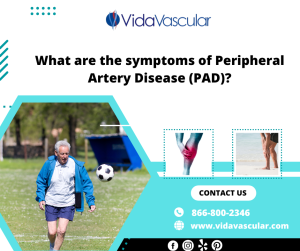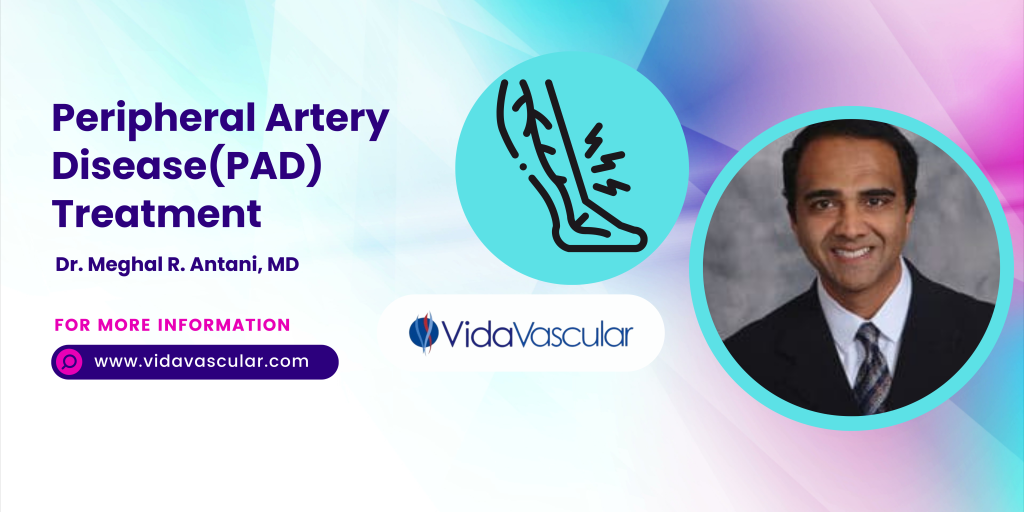
Peripheral arterial disease, or PAD, can be a wake-up call for more extensive problems such as heart disease.
We often think of clogged artery disease, or arteriosclerosis, as something that only happens in the heart. Yet for some people, the leg pain caused by PAD acts as an “early warning” that someone is at high risk for a heart attack or a stroke.
Peripheral artery disease symptoms may include–
- Coldness in the lower leg or foot, especially when compared with the other side
- Leg numbness or weakness
- No pulse or a weak pulse in the legs or feet
- Painful cramping in one or both of the hips, thighs, or calf muscles after certain activities, such as walking or climbing stairs
- Shiny skin on the legs
- Skin color changes on the legs
- Studies have also suggested that early vascular care intervention increases life expectancy in PAD patients.
Peripheral artery disease (PAD) happens when the arteries in your legs become narrow, usually because of atherosclerosis, or the buildup of plaque on your artery walls. This restricts blood flow, allowing less oxygen-rich blood to reach your muscles and skin, affecting your ability to walk and heal wounds. Plaque can also rupture, leading to a blood clot that can further limit or block blood flow.
Anyone can develop PAD, but there are some factors that raise your risk, including:
- Smoking
- Diabetes
- High cholesterol
- High blood pressure
- Obesity
- Older age
We’re then to help. Call us at866-800-2346 for questions about PAD.
To schedule a free screening at a VidaVascular office in Maryland( accessible to National Harbor, Oxon Hill, Waldorf, La Plata, and Clinton)
Visit Us at https://www.vidavascular.com/arterial-disease/





